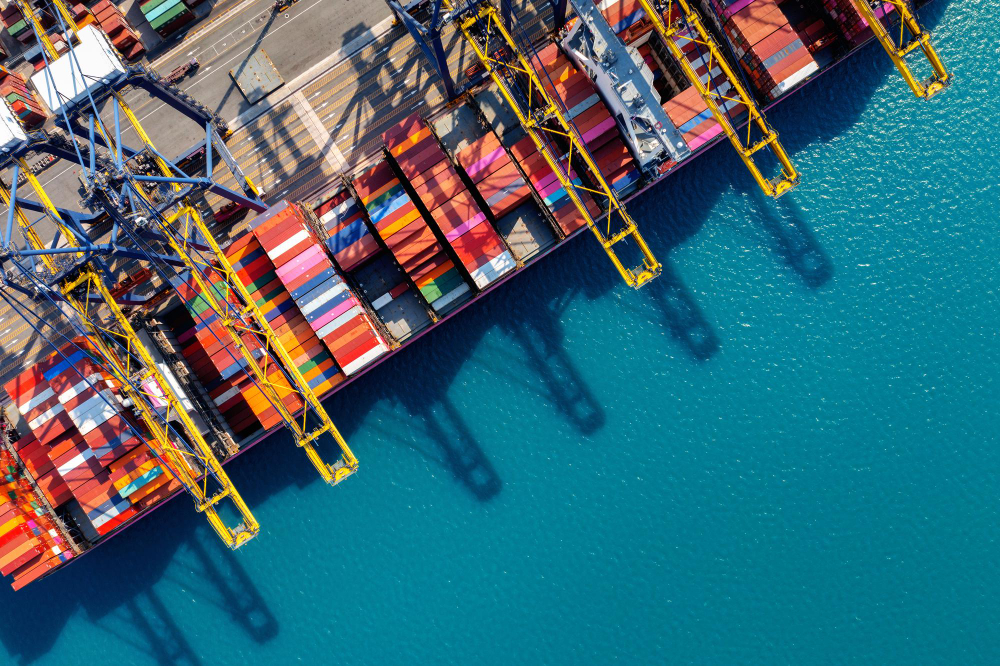
President Trump’s latest tariff announcement—described as a “Declaration of Economic Independence”—has once again disrupted global trade dynamics. With a sweeping baseline tariff of 10% on all imports and steep reciprocal tariffs on select trading partners, companies worldwide now face higher input costs and renewed supply chain challenges. Among those affected could be Global Capability Centers (GCCs), which have become key offshoring hubs for multinational corporations.
This shift in global trade policies could alter how businesses operate, invest, and innovate in various regions, forcing organizations to rethink their global strategies.
New Tariff Rates at a Glance
Below is a summary table of the key tariff rates announced and their potential implications for GCCs:
| Country/Region | Tariff Rate (%) | Potential Impact on GCCs |
|---|---|---|
| Baseline (All Imports) | 10% (universal) | Increased input costs across industries could push companies to reevaluate sourcing and operational efficiency. GCCs may play a larger role in cost management. |
| China | 34% (potentially 54% with previous duties) | Higher costs on Chinese imports could force businesses to diversify supply chains. GCCs may assist in cost analysis, supplier transitions, and R&D localization. |
| Vietnam | 46% | May reduce Vietnam’s attractiveness as a manufacturing hub, driving businesses to seek alternatives. GCCs could be instrumental in restructuring global operations. |
| European Union (EU) | 20% | Higher tariffs on EU goods could strain trade relations, prompting European firms to shift certain back-office and tech operations to offshore GCCs. |
| United Kingdom | 18-20% (est.) | As UK-EU trade dynamics shift post-Brexit, these new U.S. tariffs may drive firms to rethink global operations and leverage GCCs for compliance and cost efficiency. |
| Japan | 24% | Japan-based corporations may explore alternative markets for sourcing and production, increasing reliance on GCCs for operational transitions. |
| South Korea | 25% | South Korean firms could face rising costs, leading to a push for automation, efficiency, and offshoring, increasing the role of GCCs in optimizing global functions. |
| India | 26% | While Indian exports may face pressure, India’s status as a GCC hub could strengthen as more firms look to relocate global operations to mitigate higher costs. |
| Taiwan | 32% | Semiconductor and electronics supply chains could be disrupted, increasing the demand for GCC-led supply chain and procurement optimization. |
| Thailand | 36% | As a key manufacturing hub, Thailand may see shifting production strategies, requiring GCCs to manage realignment and cost assessments. |
| Mexico | 25-30% (est.) | As a major U.S. trade partner, Mexico faces higher costs in key industries. Some firms may rely on GCCs to navigate operational challenges and optimize regional trade. |
| Brazil | 20-25% (est.) | Increased trade restrictions could impact Brazil’s exports, prompting firms to look at GCCs for digital transformation and cost efficiencies. |
| Australia | 15-20% (est.) | Industries reliant on U.S. trade may face increased costs, prompting firms to explore automation and outsourcing strategies through GCCs. |
| Canada | 18-22% (est.) | As a key U.S. trade partner, Canada may experience a ripple effect, requiring GCCs to provide insights into supply chain restructuring and global strategy adaptation. |
What This Possibly Means for Global Capability Centers
1. Supply Chain Restructuring
Higher tariffs on key imports will compel multinational companies to reassess their supply chains. GCCs, which traditionally handle back-office functions like IT, finance, and R&D, may see increased demand as companies strive to centralize operations and drive cost efficiencies.
2. Rising Operational Costs
The 10% baseline tariff, coupled with country-specific reciprocal tariffs, is set to increase the cost of raw materials and intermediate goods. GCCs will likely play a pivotal role in mitigating these impacts through automation, process optimization, and advanced analytics, helping companies better manage cost pressures.
3. Strategic Investment Shifts
The impact of these tariffs will not be limited to Eastern Europe or specific GCC hubs. As companies navigate an uncertain trade environment, there could be a broader shift in investment toward regions that offer more favorable fiscal conditions. Countries in Asia, Latin America, and even Africa could emerge as alternative hubs for multinational operations.
4. Catalyst for Digital Transformation
The disruption caused by higher tariffs is expected to accelerate digital transformation initiatives globally. Firms might invest more heavily in digital tools and automation to streamline operations, areas where GCCs can offer specialized expertise and innovative solutions.
5. Geopolitical Ramifications
Beyond the direct economic impact, these tariffs could reshape geopolitical alliances. Countries heavily affected by the tariffs may seek new trade agreements or prioritize economic collaboration with regions outside the U.S. This realignment could influence how GCCs operate across multiple markets.
Looking Ahead: A Global Perspective
Trump’s aggressive tariff policy aims to recalibrate global trade and encourage domestic manufacturing. However, the cascading effects—rising consumer prices, disrupted supply chains, and retaliatory measures—pose significant challenges for multinational corporations.
For GCCs, this moment presents both risks and opportunities. Companies will need to be more agile, leveraging digital transformation, automation, and strategic relocations to mitigate the impact. The evolving economic landscape could also drive increased investments in regions offering lower-cost, high-skilled labor markets.
Disclaimer:
This analysis is a forecast based on current economic trends and policy announcements. The global trade environment is fluid, and companies should continuously monitor developments to adapt their strategies effectively.






